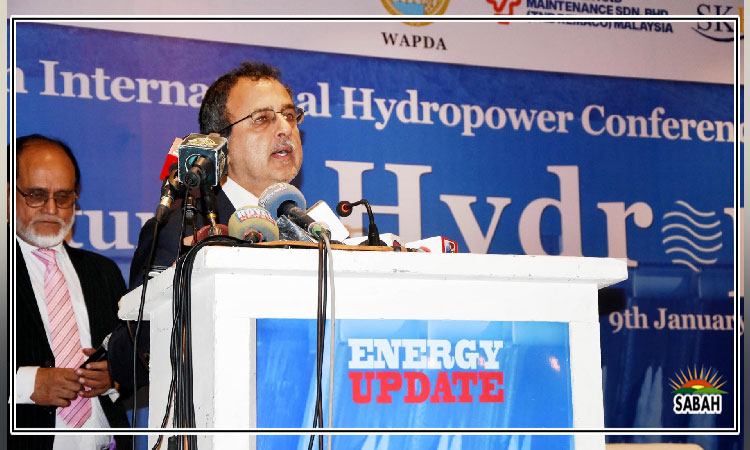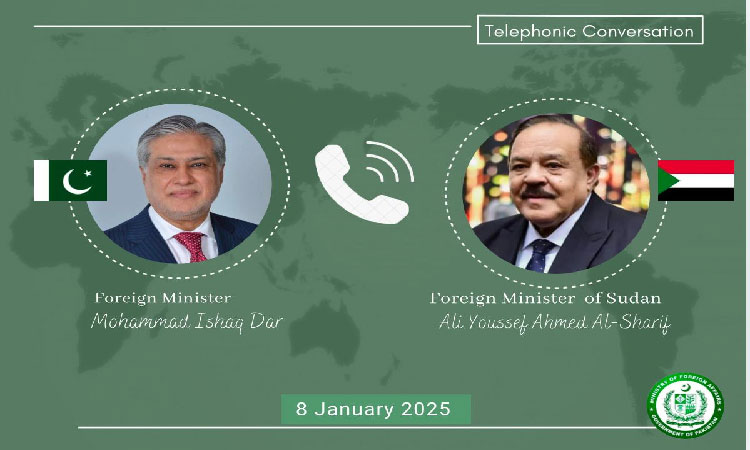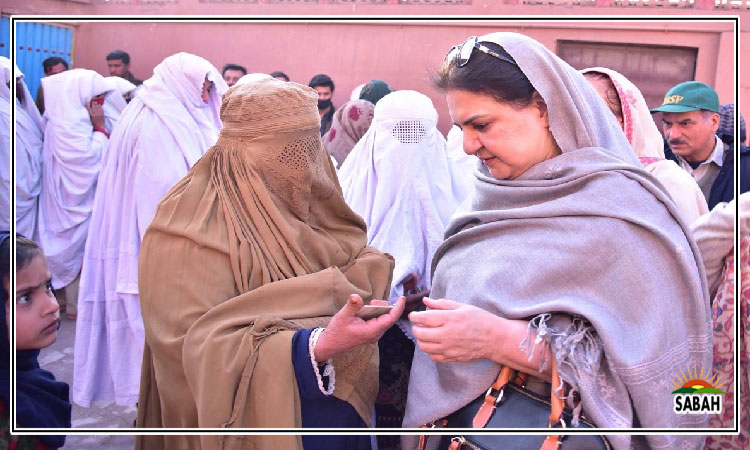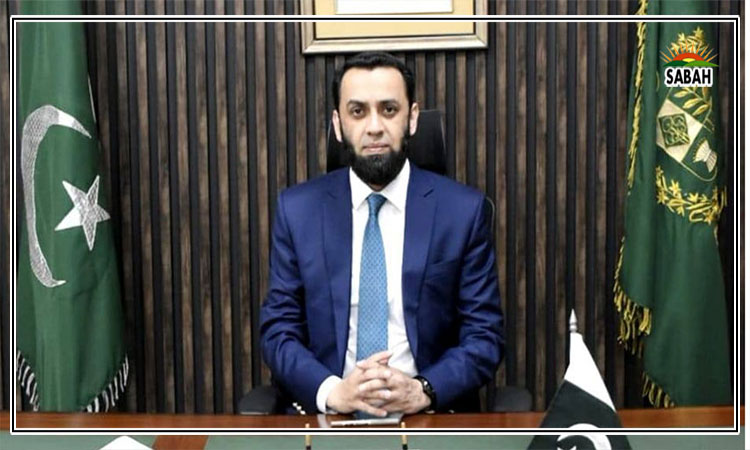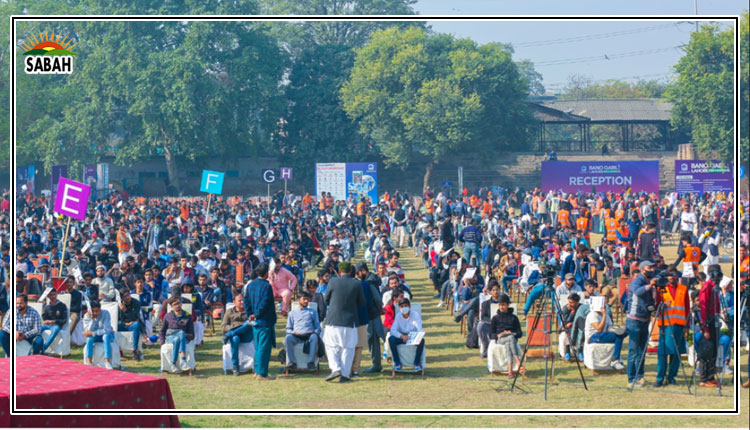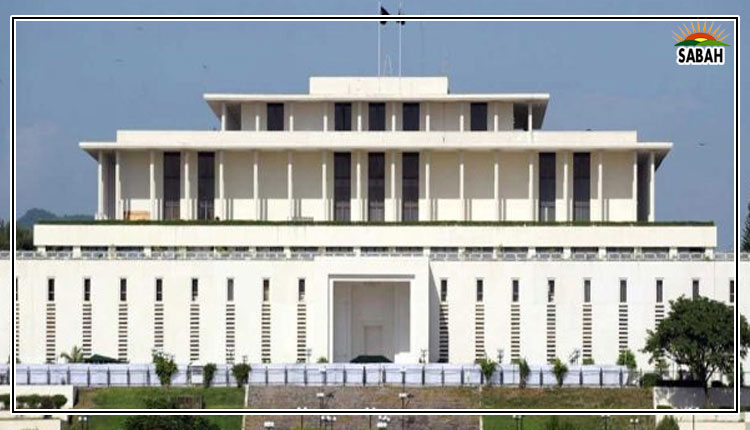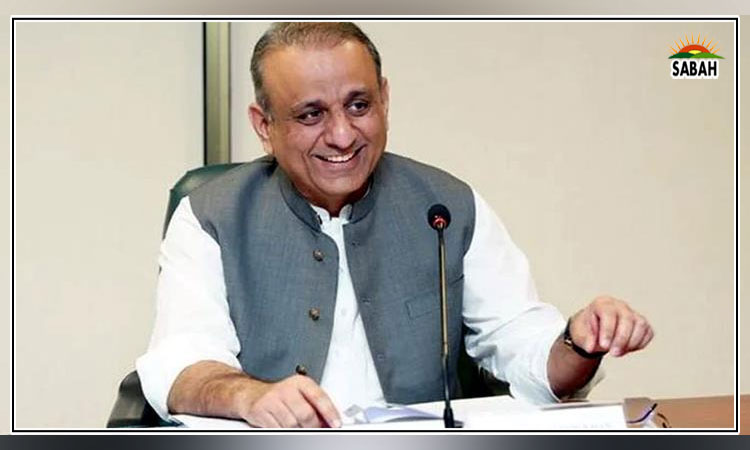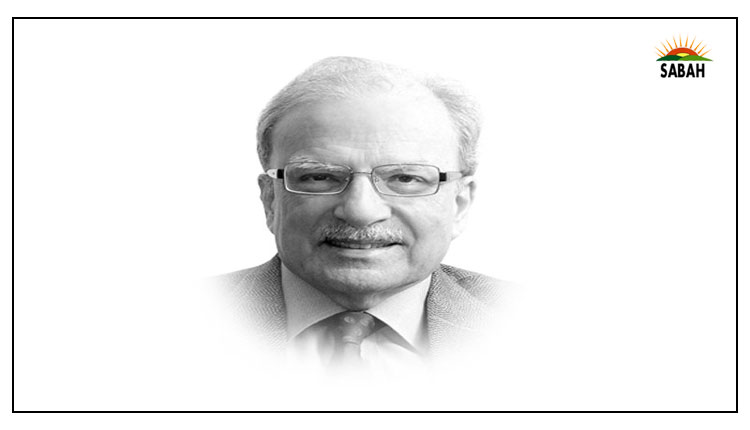Indians in the United States… Shahid Javed Burki
It is critical for the policymakers in Pakistan to understand how Indians both inside the country and those in the large diasporas in the West are reacting to the rise of Hindu nationalism under Narendra Modi, the country’s long-serving prime minister who after winning the elections held earlier this year will be in office at least until 2029. I will discuss this development in two articles, one this week and the other in the week to follow. In the article today, I will focus on the palpable rise in the influence wielded by the members of the Indian diaspora on economics and politics in the United States.
There is no doubt that the growing Indian population in the US will have consequences for Pakistan. Whether they are in their country or in the world outside, they remain hostile to Pakistan. Of late, Narendra Modi, their Hindu nationalist prime minister, has openly gone against the interests of his country’s 200 million Muslims, the third largest Muslim population in the world after Indonesia and Pakistan. The Indian diversity – its many religions, castes, languages and cultures – makes an inclusive political and economic systems and mode of governance critical for the country’s future, in fact for its survival. These are some of the challenges that the fairly large Indian population in the US needs to watch.
The United States Census bureau estimates that there are close to 4 million Americans of Indian origin who are now residents in the country. This makes up 1.4 per cent of American population. The size of the Indian dispora has increased enormously over the last one hundred years. By 1920, the population of Americans of Indian descent was estimated at 6,400. In 1923, in the court case, United States versus Bhagat Singh Thind, the Supreme Court ruled that Indians were ineligible for American citizenship because they were not “free white persons”. Over 50 Indians had their citizenship revoked after the court’s opinion. The Immigration and Nationality Act of 1965 opened entry into the US to immigrants other than traditional white people from Northern Europe. The act significantly altered the demographic composition of the US.
Indian-Americans are the highest earning ethnic group in the US. A number of people identified as Indian Americans. They are now in important positions in the American economic and political systems. They hold important jobs in the IT and service sectors – Satya Nadella is the CEO of Microsoft, Sundar Prchal is the CEO of Google and Laxman Narasimhan is the CEO of Starbucks. While the Seattle area has a visible presence of Indians, they are also present in large numbers on the country’s east coast. The state of New Jersey has the largest proportion of Indians in the country followed by California. Ajay Banga, appointed in June 2023 as the president of the World Bank, is an Indian Sikh. He moved in after heading the company that managed the large Mastercharge credit card. Indermit Gill, of Indian origin, is the Bank’s Chief Economist and Senior Vice President of Development Economics. This is quite different from the situation in the 1980s when the Bank had three people of Pakistani origin as Vice Presidents. Moeen Qureshi, Shahid Hussain and I were in that position. There was not a single Indian Vice President; not even a director, a position one level lower than the Vice President.
Kamala Harris, the Democratic Party’s candidate for the American presidency, had an Indian mother and a Jamaican father. There is a good chance she will defeat Donald Trump, the Republican candidate, in the elections to be held on November 5, 2024. Harris’s Indian mother brought up her and her sister as black women. Her solid performance in the television debate on the evening of September 10 probably won over to her side some in the electorate that were still undivided.
Harris is not the first Indian-American to contest in the US presidential election. IT entrepreneur Vivek Ramaswamy and former US ambassador to the UN Nikki Haley vied for the Republican presidential nomination. Now, the wife of RD Vance, picked by Trump as his partner in the presidential poll, is married to Usha Vance, who he met while both were students at Yale University. Not only people of Indian origin but also those who or their parents migrated from the South Asian states of Pakistan, Bangladesh, Nepal and Sri lance are taking active interests in the forthcoming elections. A newspaper report covered the importance of the South Asian community in the elections.
According to KS Bhaskar, founder of Pennsylvania’s They See Blue chapter, “if you are Desi calling a Desi, you are going to get 15 percent pickup or callback rate, compared to 3 to 5 percent from the population in general.” Desi is a colloquial term for South Asians. “The growing influence of the Indian American community is apparent throughout Pennsylvania, but especially in communities like Bensalem, where Indian businesses graced what seems like every block,” wrote Anumita Kaur in her story for The Washington Post that appeared on August 28 under the title of “Shouts, shrugs mark Indian American response to Harris’s origin story”. The story continues: “Along Street Road, a main thruway, bold green lettering announces ‘Patel Brothers,’ a popular Indian grocery store. Under the business name, the store proclaims: ‘Celebrating our Food, Our culture.’ A couple of storefronts down the road, there’s a South Asian clothing store, with two mannequins in the window dressed in the floor-length, multicolored garb, gauzy scarves draped off shoulders.”
About 14 per cent of this working- and middle-class town of 62,800 is Asian-American, according to the latest census. That has grown from 7 per cent in 2000 to 10 per cent in 2020. Local residents say the Indian community in particular is booming. “The Indian American population has been growing for some time, in Philadelphia and the ring counties around it,” said Dan Mallinson, a political science professor at Penn State University.
Not unlike the country from which they or their parents came, the Indian community is also marked by diversity. The places of worship to which they go run the gamut: temples, mosques, gurdwaras and churches. They speak many languages; at times English is the only language in which they can converse. Notwithstanding this diversity, the Indian community could play an important role in the presidential election. Pennsylvania is one of the states that would be critical prize to be won in the November elections. Kamala Harris’s performance in the September 10 debate brought the important state of Pennsylvania to the Democratic side.
Courtesy The Express Tribune





